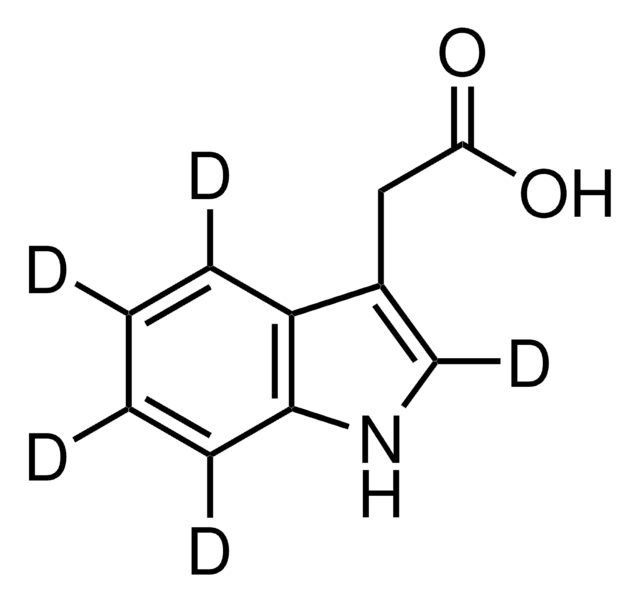About This Item
Recommended Products
biological source
synthetic
grade
Halal
Kosher
reg. compliance
FCC
FDA 21 CFR 184.1091
Assay
99.0-100.5% (by NaOH, titration)
form
crystals
bp
235 °C (lit.)
mp
184-186 °C (lit.)
solubility
water: soluble 83 g/L at 25 °C
density
1.564 g/cm3 at 15 °C
cation traces
As: ≤3 ppm
Cd: ≤1 ppm
Hg: ≤1 ppm
Pb: ≤2 ppm
application(s)
flavors and fragrances
Documentation
see Safety & Documentation for available documents
food allergen
no known allergens
Organoleptic
acidic; sour
SMILES string
OC(=O)CCC(O)=O
InChI
1S/C4H6O4/c5-3(6)1-2-4(7)8/h1-2H2,(H,5,6)(H,7,8)
InChI key
KDYFGRWQOYBRFD-UHFFFAOYSA-N
Looking for similar products? Visit Product Comparison Guide
Signal Word
Danger
Hazard Statements
Precautionary Statements
Hazard Classifications
Eye Dam. 1
Storage Class Code
11 - Combustible Solids
WGK
WGK 1
Flash Point(F)
Not applicable
Flash Point(C)
Not applicable
Personal Protective Equipment
Certificates of Analysis (COA)
Search for Certificates of Analysis (COA) by entering the products Lot/Batch Number. Lot and Batch Numbers can be found on a product’s label following the words ‘Lot’ or ‘Batch’.
Already Own This Product?
Find documentation for the products that you have recently purchased in the Document Library.
Our team of scientists has experience in all areas of research including Life Science, Material Science, Chemical Synthesis, Chromatography, Analytical and many others.
Contact Technical Service








